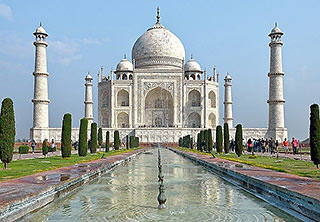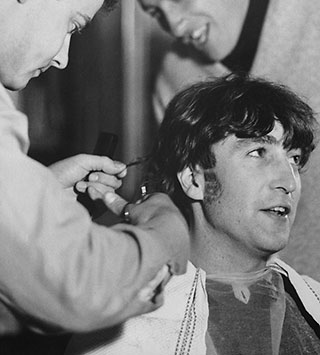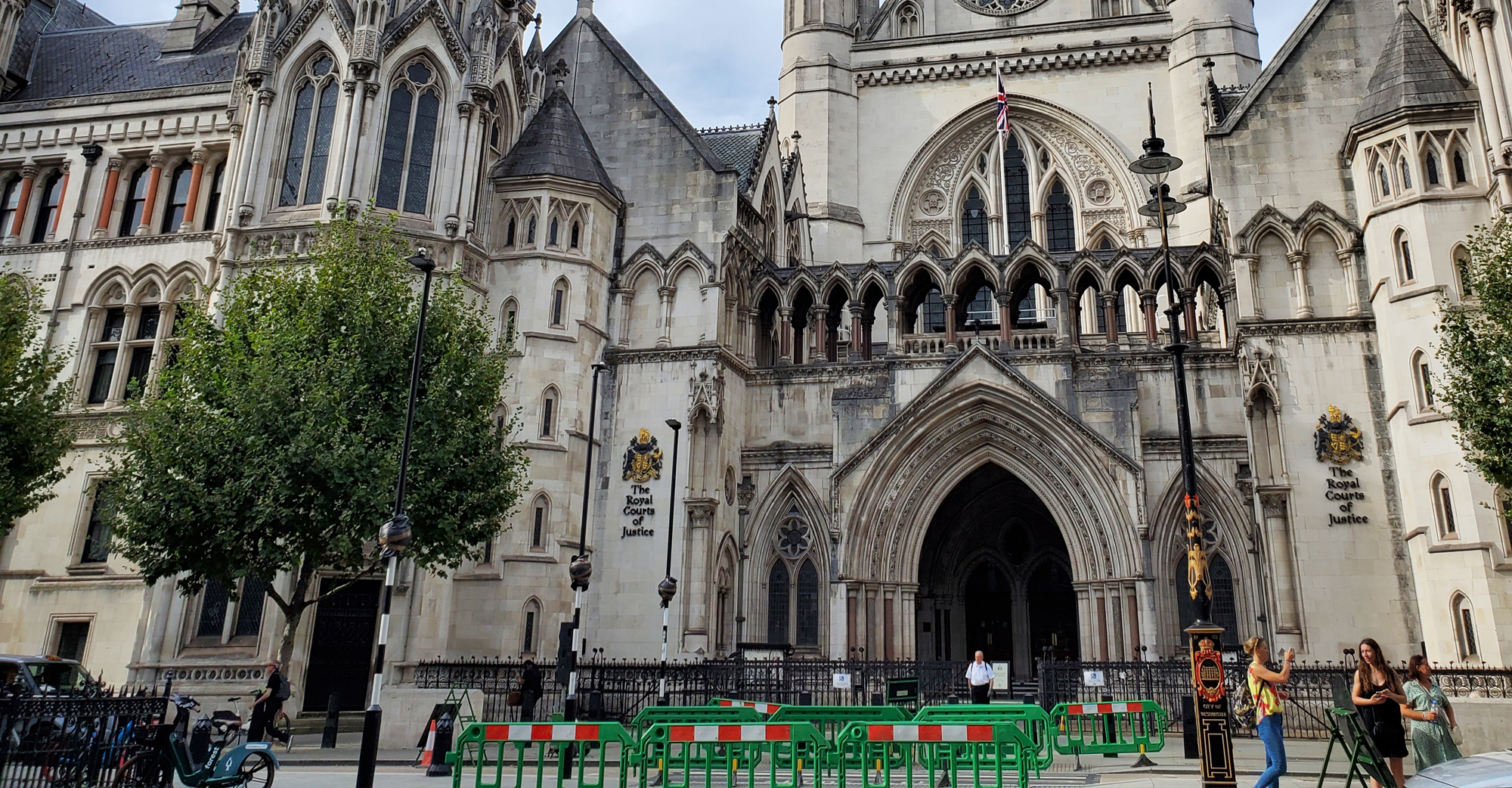Where did the expression “Enemy of the People” stem from? Did Taj Mahal workers have their hands chopped off? These questions and more are addressed in Traveling Boy’s 23rd installment of Global Travel Trivia Games. No one will see your answers except for you.
Global Trivia 23
You have multiple choices. An explanation and a reference comes after every question. There is no fixed order so you can choose from any of the boxes. The SHADED BOXES are what you already answered. Your final score is at the END. Don't hit REFRESH unless you want to start all over. This is part of a continuing series in Traveling Boy.
Start
Congratulations!
You have completed Global Trivia 23.

You scored %%SCORE%% out of a possible 5 points.
Your performance was: %%RATING%%
Your answers are highlighted below.
Question 1 |

Name the second most visited city in Asia
A | Bangkok, Thailand |
B | Hong Kong, China |
C | Macau, Macau, China |
D | Shenzhen, China |
E | Singapore, Singapore |
Question 1 :
A. Bangkok, Thailand
Top 10 most visited cities in Asia
Top 10 most visited cities in Asia
- Hong Kong, China (27,880.3 million)
- Bangkok, Thailand (22,453.9 million)
- Singapore, Singapore (17,618.8 million)
- Macau, Macau, China (17,337.2 million)
- Kuala Lumpur, Malaysia (12,843.5 million)
- Shenzhen, China (12,075.1 million)
- Phuket, Thailand (11,613.1 million)
- Tokyo, Japan (9,549.4 million)
- Taipei, Taiwan (9,273.3 million)
- Guangzhou, China (9,004.8 million)
Question 2 |

Did Shah Jahan chop off the hands of his workers after building the Taj Mahal so nothing as beautiful could ever be built again?
A | True |
B | False |
Question 2 :
B. False
The Taj Mahal, one of the Seven Modern Wonders of the World, was commissioned by Mughal Emperor Shah Jehan, in memory of his deceased wife Mumtaz. That the hands of workers were amputated because Shah Jahan wanted, ‘nothing as beautiful ever be built again,’ is a myth propagated by the play, Guards At The Taj. Many workers, artisans and architects did have their hands cut off, but not due to a royal decree. The workforce toiled closely together for days upon end, often bruising and cutting their hands and fingers. Their wounds would often times develop puss, and, if not treated properly, would become poisonous and contagious. That is the reason why the fingers and the hands of those workers had to be amputated.
More Facts About the Taj Mahal
The Taj Mahal, one of the Seven Modern Wonders of the World, was commissioned by Mughal Emperor Shah Jehan, in memory of his deceased wife Mumtaz. That the hands of workers were amputated because Shah Jahan wanted, ‘nothing as beautiful ever be built again,’ is a myth propagated by the play, Guards At The Taj. Many workers, artisans and architects did have their hands cut off, but not due to a royal decree. The workforce toiled closely together for days upon end, often bruising and cutting their hands and fingers. Their wounds would often times develop puss, and, if not treated properly, would become poisonous and contagious. That is the reason why the fingers and the hands of those workers had to be amputated.
More Facts About the Taj Mahal
Question 3 |

What is the most popular Girl Scout cookie?
A | Do-si-dos/Peanut Butter Sandwich |
B | Samoas/Caramel deLites |
C | Tagalongs/Peanut Butter Patties |
D | Thin Mints |
E | Trefoils/Shortbread |
Question 3 :
D. Thin Mints
Most Popular Girl Scout Cookies
Thin mint
Samoas/Caramel deLites
Tagalongs/Peanut Butter Patties
Do-si-dos/Peanut Butter Sandwich
Trefoils/Shortbread
For more than 100 years, Girl Scouts have helped ensure the success of the iconic annual cookie sale — and they’ve had fun, developed valuable life skills, and made their communities a better place every step of the way. Founded by Juliette Gordon Low in 1912, it was organized after Low met Robert Baden-Powell, the founder of Scouting, in 1911. Upon returning to Savannah, Georgia, she telephoned a distant cousin, saying, "I've got something for the girls of Savannah, and all of America, and all the world, and we're going to start it tonight!"
More on Girl Scout Cookie History
Most Popular Girl Scout Cookies
Thin mint
Samoas/Caramel deLites
Tagalongs/Peanut Butter Patties
Do-si-dos/Peanut Butter Sandwich
Trefoils/Shortbread
Girl Scout Cookie History
An icon of American cultureFor more than 100 years, Girl Scouts have helped ensure the success of the iconic annual cookie sale — and they’ve had fun, developed valuable life skills, and made their communities a better place every step of the way. Founded by Juliette Gordon Low in 1912, it was organized after Low met Robert Baden-Powell, the founder of Scouting, in 1911. Upon returning to Savannah, Georgia, she telephoned a distant cousin, saying, "I've got something for the girls of Savannah, and all of America, and all the world, and we're going to start it tonight!"
More on Girl Scout Cookie History
Question 4 |
Where did the expression "Enemy of the People" stem from?
A | Athens, Ancient Greece: Draco |
B | France: Robespierre |
C | Norway: Henrik Ibsen |
D | Roman Empire: Senate |
E | Soviet Union: Stalin |
Question 4 :
D. Roman Empire: Senate
The expression dates back to Roman times. The Senate declared emperor Nero a hostis publicus in AD 68. Its direct translation is "public enemy." Whereas "public" is currently used in English in order to describe something related to collectivity at large, with an implication towards government or the State, the Latin word "publicus" could, in addition to that meaning, also refer directly to people, making it the equivalent of the genitive of populus ("people"), populi ("popular" or "of the people"). Thus, "public enemy" and "enemy of the people" are, etymologically, near synonyms.
The term has been used for centuries in literature: Coriolanus, the play by William Shakespeare in 1605, and An Enemy of the People, the play by Henrik Ibsen in 1882.
The words "ennemi du peuple" were used extensively during the French Revolution. On December 25, 1793, French revolutionary Robespierre stated: "The revolutionary government owes to the good citizen all the protection of the nation; it owes nothing to the Enemies of the People but death.” Ironically Robespierre was later beheaded by the same revolutionary government.
The Soviet Union made extensive use of the term until 1956, notably Stalin, who used it to describe anybody critical of himself personally.
It is routinely used by authoritarian rulers, and since early 2017 it has been used on multiple occasions by US President Donald Trump to refer to news organizations and journalists who he perceives as critical of and biased against him.
Draco (Dreɪkoʊ; Greek: Δράκων, Drakōn; 7th century BC), also called Drako or Drakon, was the first recorded legislator of Athens in Ancient Greece. He replaced the prevailing system of oral law and blood feud by a written code to be enforced only by a court of law. Draco was the first democratic legislator, requested by the Athenian citizens to be a lawgiver for the city-state, but the citizens were fully unaware that Draco would establish laws characterized by their harshness. Since the 19th century, the adjective draconian (Greek: δρακόντειος drakónteios) refers to unforgiving punishment to those who have broken minor rules or laws.
The expression dates back to Roman times. The Senate declared emperor Nero a hostis publicus in AD 68. Its direct translation is "public enemy." Whereas "public" is currently used in English in order to describe something related to collectivity at large, with an implication towards government or the State, the Latin word "publicus" could, in addition to that meaning, also refer directly to people, making it the equivalent of the genitive of populus ("people"), populi ("popular" or "of the people"). Thus, "public enemy" and "enemy of the people" are, etymologically, near synonyms.
The term has been used for centuries in literature: Coriolanus, the play by William Shakespeare in 1605, and An Enemy of the People, the play by Henrik Ibsen in 1882.
The words "ennemi du peuple" were used extensively during the French Revolution. On December 25, 1793, French revolutionary Robespierre stated: "The revolutionary government owes to the good citizen all the protection of the nation; it owes nothing to the Enemies of the People but death.” Ironically Robespierre was later beheaded by the same revolutionary government.
The Soviet Union made extensive use of the term until 1956, notably Stalin, who used it to describe anybody critical of himself personally.
It is routinely used by authoritarian rulers, and since early 2017 it has been used on multiple occasions by US President Donald Trump to refer to news organizations and journalists who he perceives as critical of and biased against him.
Draco (Dreɪkoʊ; Greek: Δράκων, Drakōn; 7th century BC), also called Drako or Drakon, was the first recorded legislator of Athens in Ancient Greece. He replaced the prevailing system of oral law and blood feud by a written code to be enforced only by a court of law. Draco was the first democratic legislator, requested by the Athenian citizens to be a lawgiver for the city-state, but the citizens were fully unaware that Draco would establish laws characterized by their harshness. Since the 19th century, the adjective draconian (Greek: δρακόντειος drakónteios) refers to unforgiving punishment to those who have broken minor rules or laws.
Question 5 |

John Lennon appeared as an actor in three films directed by Richard Lester, which include A Hard Day’s Night and Help! Name the third film.
A | The Bedsitting Room |
B | Don’t Look Back |
C | How I Won the War |
D | Magical Mystery Tour |
E | Yellow Submarine |
Question 5 :
C. How I Won the War
How I Won the War is a 1967 British black comedy directed by Richard Lester, based on a novel of the same name by Patrick Ryan. The film stars Michael Crawford as bungling British Army Office Lieutenant Earnest Goodbody, with John Lennon (in his only non-musical role, as Musketeer Gripweed).
The movie follows the attempt of the British Army's "3rd Troop, the 4th Musketeers" to build a cricket pitch behind enemy lines in WW II Tunisia, lampooning the absurdity of the war.
Lester, having worked with Lennon previously in A Hard Day’s Night and Help!, was astutely aware of his cynical Liverpudlian persona and tailored Lennon’s character along those lines.
More on John Lennon and How I Won the War
How I Won the War is a 1967 British black comedy directed by Richard Lester, based on a novel of the same name by Patrick Ryan. The film stars Michael Crawford as bungling British Army Office Lieutenant Earnest Goodbody, with John Lennon (in his only non-musical role, as Musketeer Gripweed).
The movie follows the attempt of the British Army's "3rd Troop, the 4th Musketeers" to build a cricket pitch behind enemy lines in WW II Tunisia, lampooning the absurdity of the war.
Lester, having worked with Lennon previously in A Hard Day’s Night and Help!, was astutely aware of his cynical Liverpudlian persona and tailored Lennon’s character along those lines.
More on John Lennon and How I Won the War
Once you are finished, click the button below. Any items you have not completed will be marked incorrect.
Get Results
There are 5 questions to complete.
You have completed
questions
question
Your score is
Correct
Wrong
Partial-Credit
You have not finished your quiz. If you leave this page, your progress will be lost.
Correct Answer
You Selected
Not Attempted
Final Score on Quiz
Attempted Questions Correct
Attempted Questions Wrong
Questions Not Attempted
Total Questions on Quiz
Question Details
Results
Date
Score
Hint
Time allowed
minutes
seconds
Time used
Answer Choice(s) Selected
Question Text
All done
Deplorable! You need to travel more! This is pathetic!
Deplorable! You need to travel more! This is pathetic!
Embarrassing! Keep trying! We know you're better than that. Play the game again.
Not that bad! But not good either. Play the game again.
Pretty good ... but not perfect.
Perfect! Are you brilliant traveler or what?

